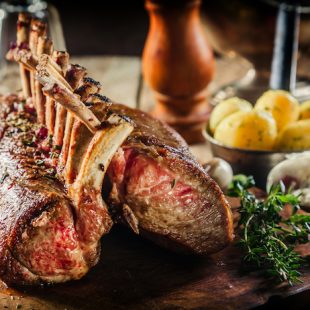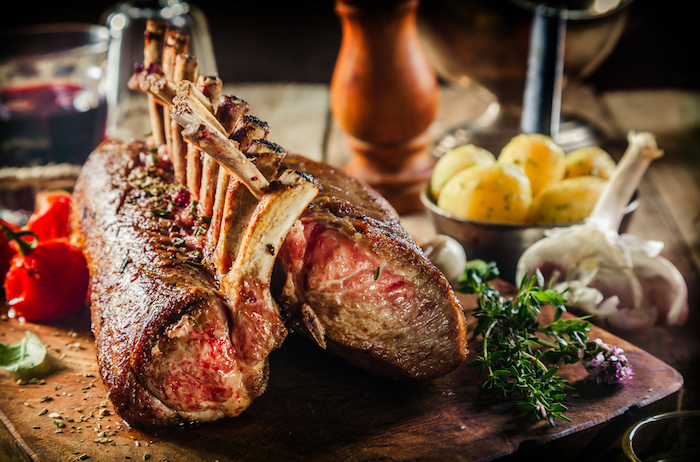
Easter in Lazio
If you want to witness pageantry, raw emotion and joy, combined with an unbroken link with history, you need to witness first-hand the processions that take place across Lazio and Italy as a whole, during Easter Week.
The name Easter is believed to come from Eostara, the goddess of rebirth, therefore a fitting name for the celebration of the resurrection of Jesus Christ.

The days leading up to Easter in Italy are a time of solemnity and religious masses. The austere processions are held on the Friday or Saturday before Easter and sometimes on Easter Sunday.
However, Easter or Pasqua in Italian, then becomes a joyous religious celebration, when at midnight on Black Saturday, bells announce the resurrection. The Easter date can vary, but is set around the time of the March equinox, this year the Sunday falls on March 27th.
On Good Friday many of the citizens of Lazio will be listening to the Pope holding mass in Saint Peters Basilica. Religious parades and celebrations are held in many towns and cities nationwide. A statue of Jesus or Mary will be carried in street processions across the country.
Let’s look at how Easter unfolds in some of the Lazio districts.
Tarquinia
Easter is accompanied by many fairs and interesting events in the municipalities of Lazio, with traditional religious plays, based on the crucifixion and Stations of the Cross. Tarquinia, is an ancient city dating back to the Etruscan civilization, with its Necropolis and six thousand tombs. Their procession is noted for a huge wooden statue of Jesus Christ weighing 520 kg, carried on shoulders through the streets at a very quick pace, sometimes almost running, whilst the crowds accompany it, cheering and clapping.
The statue of Christ in Glory is carried through the streets to the music of the
town band, church bells and confetti being fired into the air from guns.
Tuscania
The town of Tuscania hosts the Processione degli Incappucciati, lines of hooded men move slowly behind the Statue of the Virgin Mary, these penitents are barefooted and shackled together with heavy chains.
Symbolism is everywhere in these parades across Italy.
Another linked to Lazio requires extremely strong men to carry nine tall crosses uphill at a run. If the statues dance in the sunlight (Cristo che balla) it will be a good year ahead.
Vetralla
Traditions continue, often supported by modern technology. In Vetralla, the story of Christ’s passion is acted by young people in realistic costumes. The procession has a Director and is more of a religious sound and light show featuring drums, Roman soldiers, many of them riding horses, and hordes of weeping onlookers, and believe me not all of them are acting.
Blera
In the village of Blera, candles light the tiny narrow streets and the only sounds you can hear are horse hooves on the cobblestones. Then the chanting of litanies from centuries past will drift through the streets.
Since Easter culminates the Lent season of fasting, food plays a very important part in the celebrations The Lazio cuisine for the Easter period is varied: from the typical abbacchio lamb dish or goat to carciofi alla giudia (Judas artichokes) there are also lovely sweet buns named maritozzi. Saturday is used for preparing the Easter feast, which also includes the traditional cakes known as Pizze di Pasqua, which will be eaten on Easter Sunday with cut meats and hard-boiled eggs.


